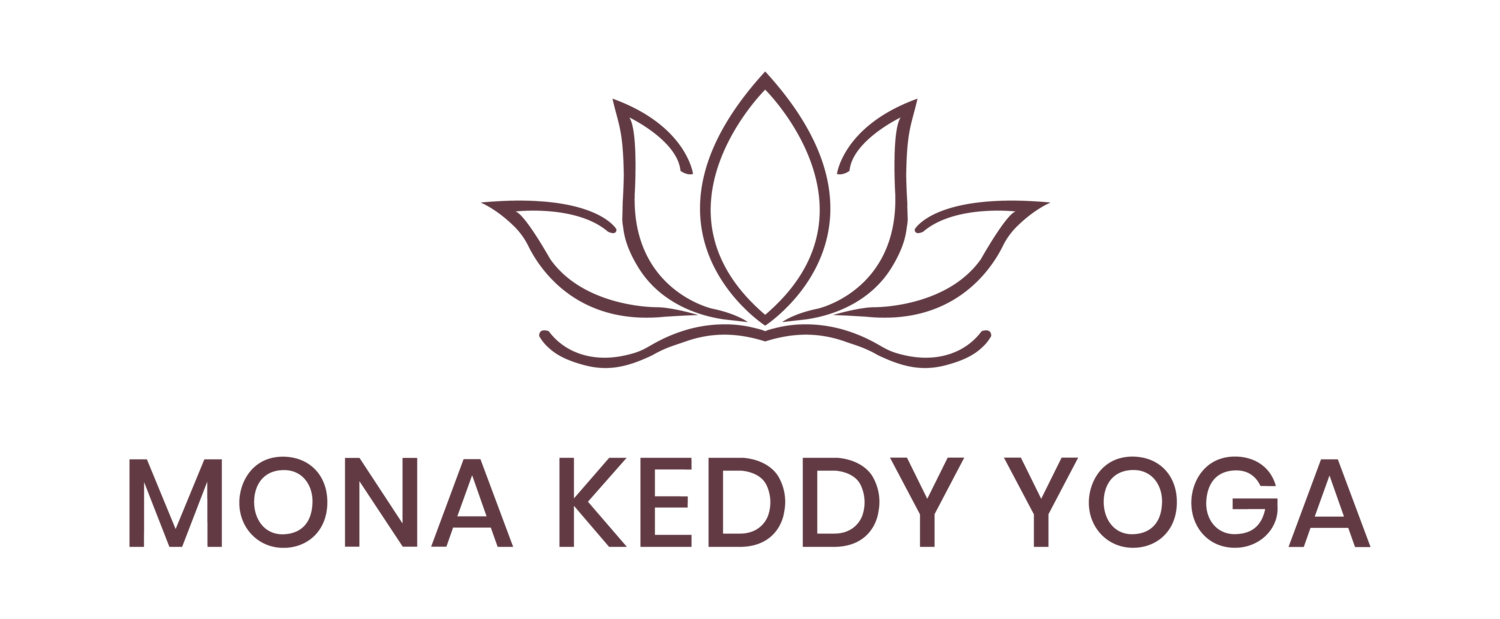The Conversation of Embodiment
June 19, 2013
As a yogi and yoga teacher, I spend a lot of my time thinking about embodiment – my body, its sensations, and my relationship to the sensations. It was not always this way. Before yoga I was profoundly inattentive to my body and its messages. The initial period of rediscovery when I started yoga was a fantastic and difficult experience. I started listening to the layering of my body’s conversations and in this listening, I began the journey toward full embodiment.
Several years ago on retreat I had a deep massage. The therapist worked on particular areas in my upper back and said at the end that I may have a lot of discomfort the following day as a result. When I didn’t feel much the next day, I checked in with him, thinking maybe something was wrong. He said that yogis, used to feeling a wide range of sensation in their body, don’t always notice anything out the ordinary the day following such deep massage. What they feel is “normal.” Others, he said, have a lot of feedback for him the following day. He was saying that the more we are connected to our body, the more we feel the range of sensations produced and the less discomfort we have with the sensations. Interesting idea.
This reflection and conversations with a yoga friend has led me to consider the layers of the connection to our body, its sensations and our response to them. At the beginning of the journey back to the body, the main thrust of the communication is basic. Am I in pain and how do I get out of pain? Pain, a black and white experience, allows for no other conversation and must always be listened to. At times of injury and in the early stages of understanding our body’s language, making sure pain is not present is paramount.
In the moments of injury along the yoga path, I have experienced pain as sensation that was searing, electric, jarring, and unbearable. In those moments, stopping practice, adapting my practice (at times in extreme ways) and letting go of my agenda were not only necessary, they were the only options. My body was saying no to more very clearly.
As our connection to the body deepens through practice, our ear for our body’s language develops, and the conversation becomes more nuanced. Moving into a deep stretch and encountering intense sensation, I pause and consider. What am I experiencing and how do I describe it? Where is the sensation located? Have I reached a level of sensation that is unbearable or not enough? Where is my edge? The responses to the deepening conversation are subtle. How I listen to the answers, adjust as necessary and breathe more deeply into the sensation is where my embodiment deepens. My mind learns to listen on another level and my body responds to this attention.
Mr. Iyengar talked about working with ballet dancers in his yoga-teaching career. He said that he had to teach them how to back off and notice the minute sensations as the dancers were used to moving completely into their full range of flexibility. As a result of moving mechanically forward, subtleties of the body conversation were ignored. In coming out of the finished pose, listening and moving back in with more awareness, these very flexible and strong dancers, started to do yoga. They became embodied.
Eventually, then, the conversation becomes one of discrimination. As our embodiment develops, we encounter a more complex set of questions. What are the subtle edges of sensation? Is what I am feeling ultimately helpful or is it hindering me? Will this move me deeper along my yoga journey or take me off the path? Here even pain becomes a tool of exploration and no longer a black and white experience. We become explorers of the inner world and learn the fine art of discrimination. As we search through the body messages, we find out the answers are not straightforward, not necessarily dependent on the thoughts of others. We explore within the context of our own experience on the mat and discriminate between “good or useful” sensations and ones that are not helpful. We learn what our body’s messages sound like and listen to its subtle wise voice. This is the gift of embodiment.

